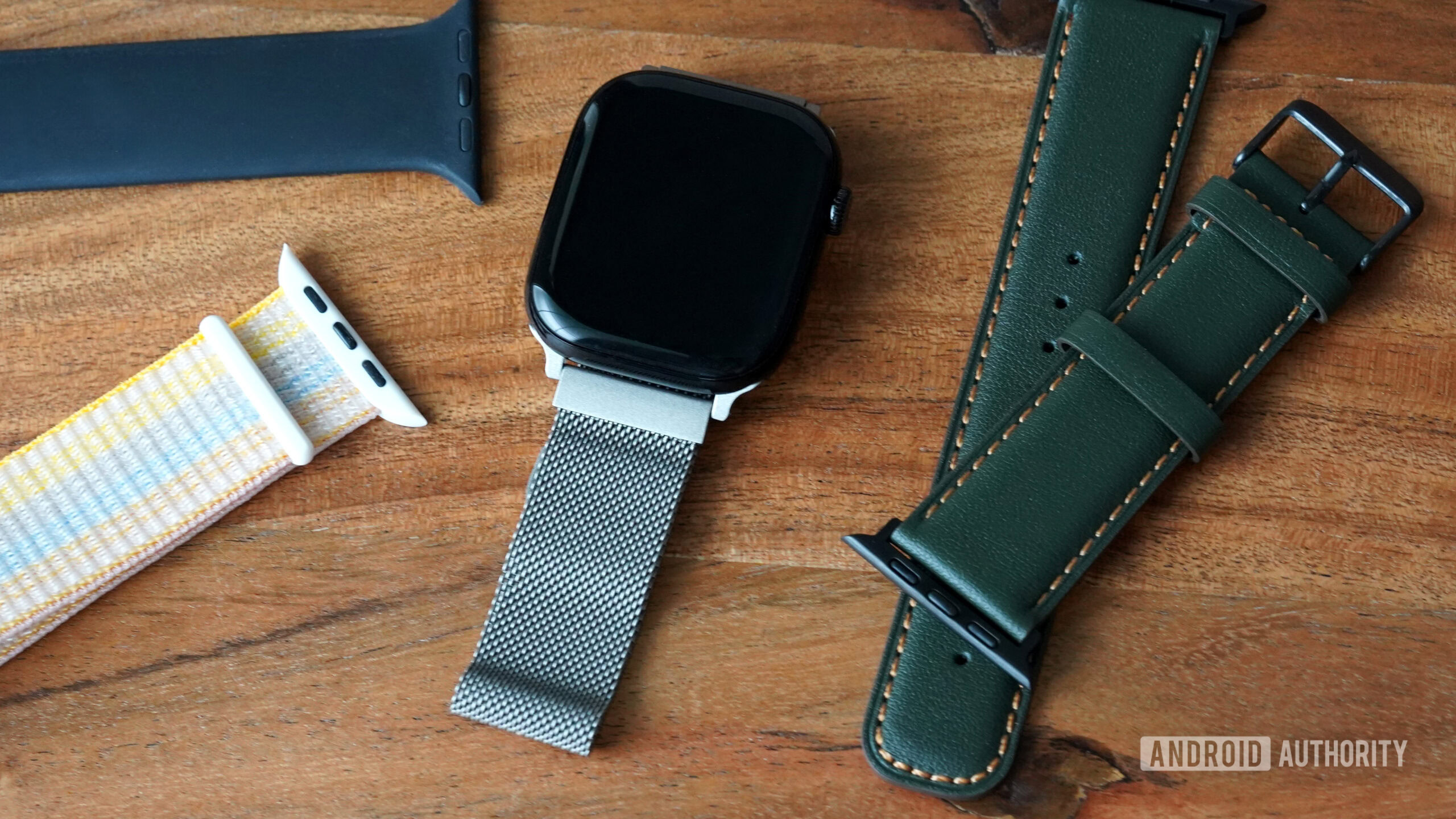The Ultimate Guide to Choosing Car Speakers for Your Vehicle
The Ultimate Guide to Choosing Car Speakers for Your Vehicle

Upgrading your car speakers is one of the most effective ways to improve your in-car audio experience. With a variety of options available, it’s essential to choose the right type and size of speakers that fit your vehicle and meet your audio preferences. This guide will help you navigate through the different types of car speakers, provide tips on selecting the right ones for your vehicle, and recommend top brands and models.
Types of Car Speakers
1. Coaxial Speakers
- Overview: Coaxial speakers, also known as full-range speakers, are designed to reproduce a wide range of frequencies from a single unit. They typically consist of a woofer for low frequencies and a tweeter for high frequencies, all mounted on the same axis.
- Benefits: Easy to install and generally more affordable than component systems, coaxial speakers are a great option for basic upgrades.
- Recommended Models:
- Hertz Dieci DSK 165.3: Known for its balanced sound and reliability, this model is a great choice for many vehicles.
- JL Audio C1-650x: Offers excellent clarity and powerful performance at an affordable price.
2. Component Speakers
- Overview: Component speakers separate the tweeter, woofer, and crossover into different units, allowing for better sound staging and higher quality audio reproduction.
- Benefits: Superior sound quality and more flexible installation options make component speakers ideal for audiophiles.
- Recommended Models:
- Audison APK 165: Delivers exceptional sound detail and clarity with a robust build.
- Hertz CK 165 L: Offers high sensitivity and detailed sound, perfect for various music genres.
3. Subwoofers
- Overview: Subwoofers are specialized speakers designed to reproduce low-frequency sounds (bass). They come in various sizes and configurations, from compact under-seat models to large enclosures.
- Benefits: Adding a subwoofer can dramatically enhance the depth and impact of your music.
- Recommended Models:
- JL Audio W3v3: Known for its deep, accurate bass and reliability.
- Hertz DS 25.3: Offers powerful bass response in a compact design.
Selecting the Right Size and Type for Your Vehicle
1. Measure Speaker Openings
- Check Existing Speakers: Before purchasing new speakers, measure the diameter and depth of your existing speaker openings to ensure compatibility.
- Common Sizes: Common sizes include 4-inch, 5.25-inch, 6.5-inch, and 6x9-inch speakers. Larger sizes typically provide better sound quality, but it’s crucial to ensure they fit your vehicle.
2. Consider Vehicle-Specific Fit
- Custom Fit: Some vehicles require custom-fit speakers that are designed to fit specific models without modifications. These speakers often come with vehicle-specific mounting brackets and wiring harnesses.
- Universal Fit: Universal fit speakers can be installed in various vehicles but may require additional mounting brackets or adapters.
3. Match Speakers to Your Audio System
- Power Handling: Ensure that the speakers you choose can handle the power output of your head unit or amplifier. Look for speakers with RMS power ratings that match or exceed your system’s output.
- Impedance: Check the impedance (measured in ohms) of your existing system and choose speakers with compatible impedance to avoid damaging your audio components.
Installation Tips
For those looking to install their own speakers, auto-lautsprecher.eu provides detailed guides and expert tips. Visit their Auto Lautsprecher Einbautipps for step-by-step instructions and expert advice.
1. Prepare Your Workspace
- Park Your Car: Ensure your car is parked in a well-lit, flat area to facilitate the installation process.
- Disconnect the Battery: Prevent any electrical shorts by disconnecting the negative terminal of the battery.
2. Remove Door Panels
- Use Panel Removal Tools: Gently pry off the door panels using the right tools. Be careful not to break any clips or connectors.
- Secure Loose Parts: Keep all screws, clips, and connectors in a safe place to avoid losing them during the installation.
3. Remove Old Speakers
- Unscrew and Disconnect: Remove the screws and disconnect the old speakers, noting how the wiring is connected. Take pictures if necessary to remember the original wiring configuration.
4. Install New Speakers
- Connect and Secure: Connect the new speakers using vehicle-specific adapter cables and mounting brackets. Ensure they are securely fastened to prevent vibrations.
- Test the Speakers: Before reattaching the door panels, reconnect the battery and test the new speakers to ensure they are working properly.
5. Reattach Door Panels
- Secure All Screws and Clips: Once you’re satisfied with the installation, reattach the door panels and secure all screws and clips. Ensure everything is tightly fastened to prevent rattling noises.
Conclusion
Choosing the right car speakers is crucial for enhancing your in-car audio experience. By understanding the different types of speakers and selecting the right size and model for your vehicle, you can enjoy superior sound quality. For all your car audio needs, including speaker recommendations, mounting kits, and detailed installation guides, visit Auto Lautsprecher. Upgrade your car speakers today and enjoy a premium audio experience tailored to your vehicle.
What's Your Reaction?
 Like
0
Like
0
 Dislike
0
Dislike
0
 Love
0
Love
0
 Funny
0
Funny
0
 Angry
0
Angry
0
 Sad
0
Sad
0
 Wow
0
Wow
0




















































